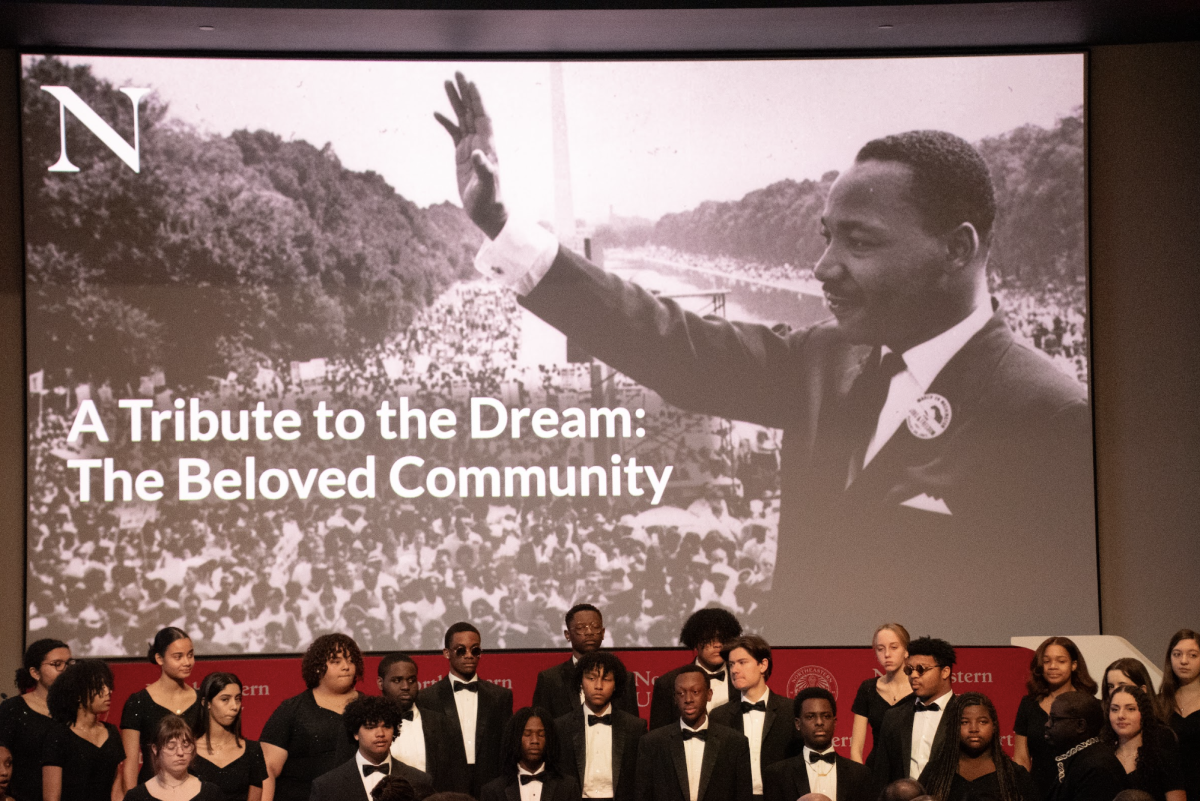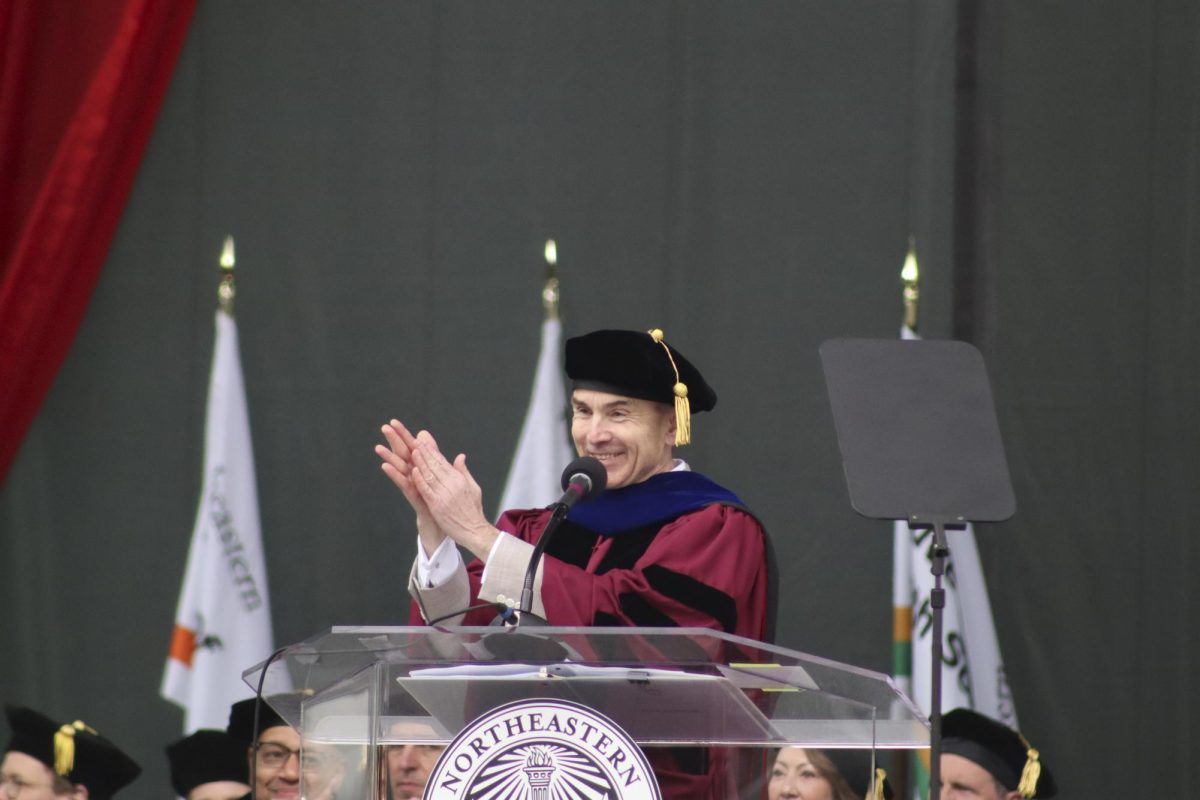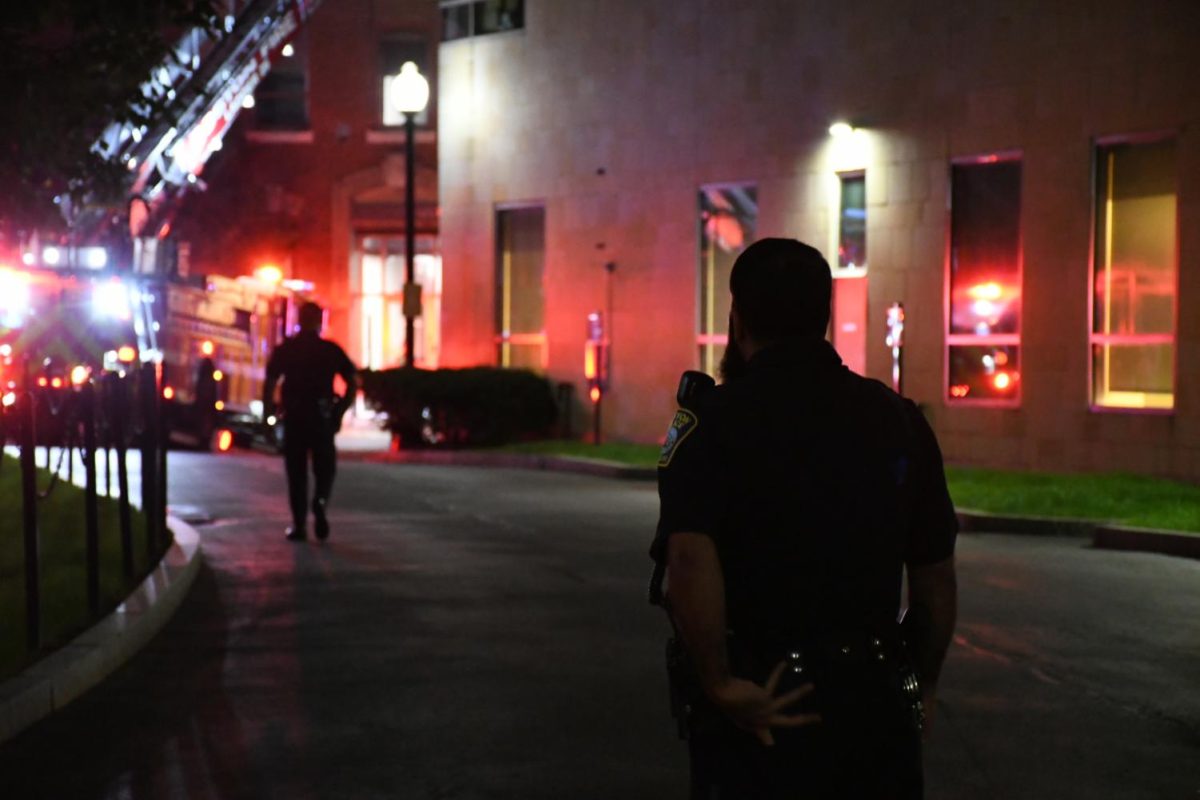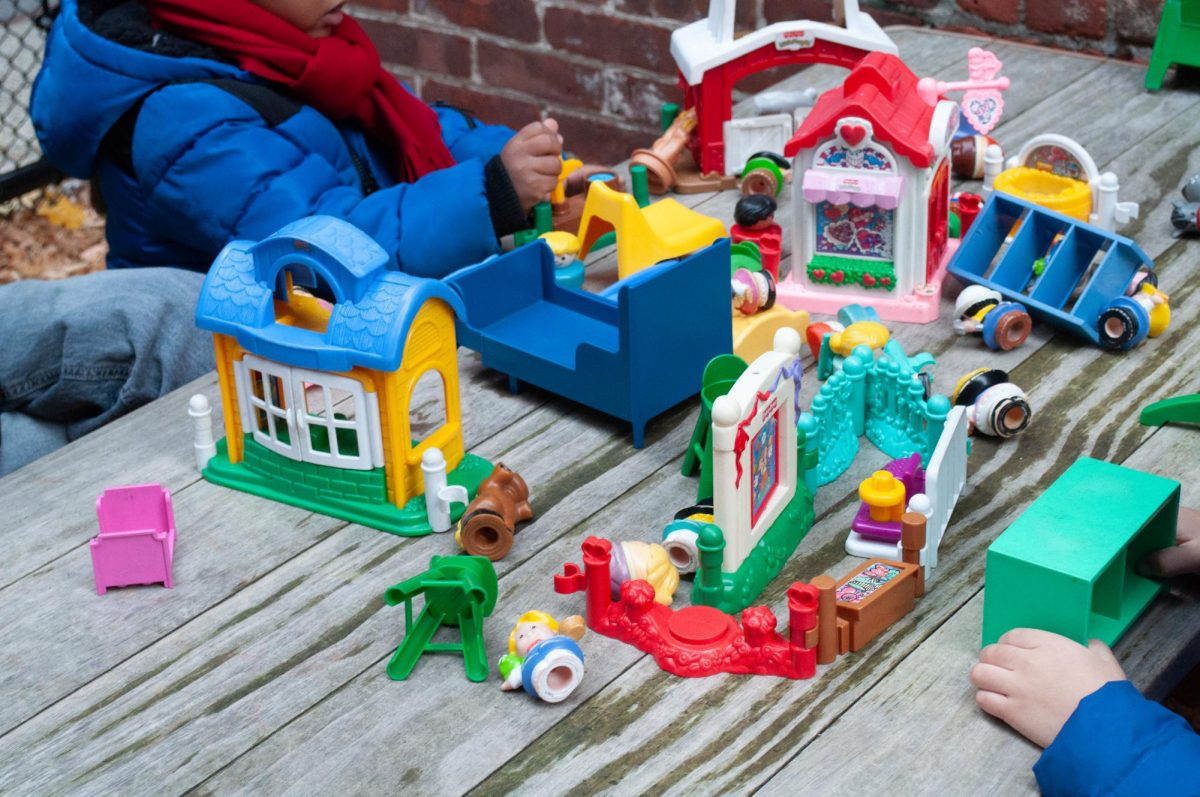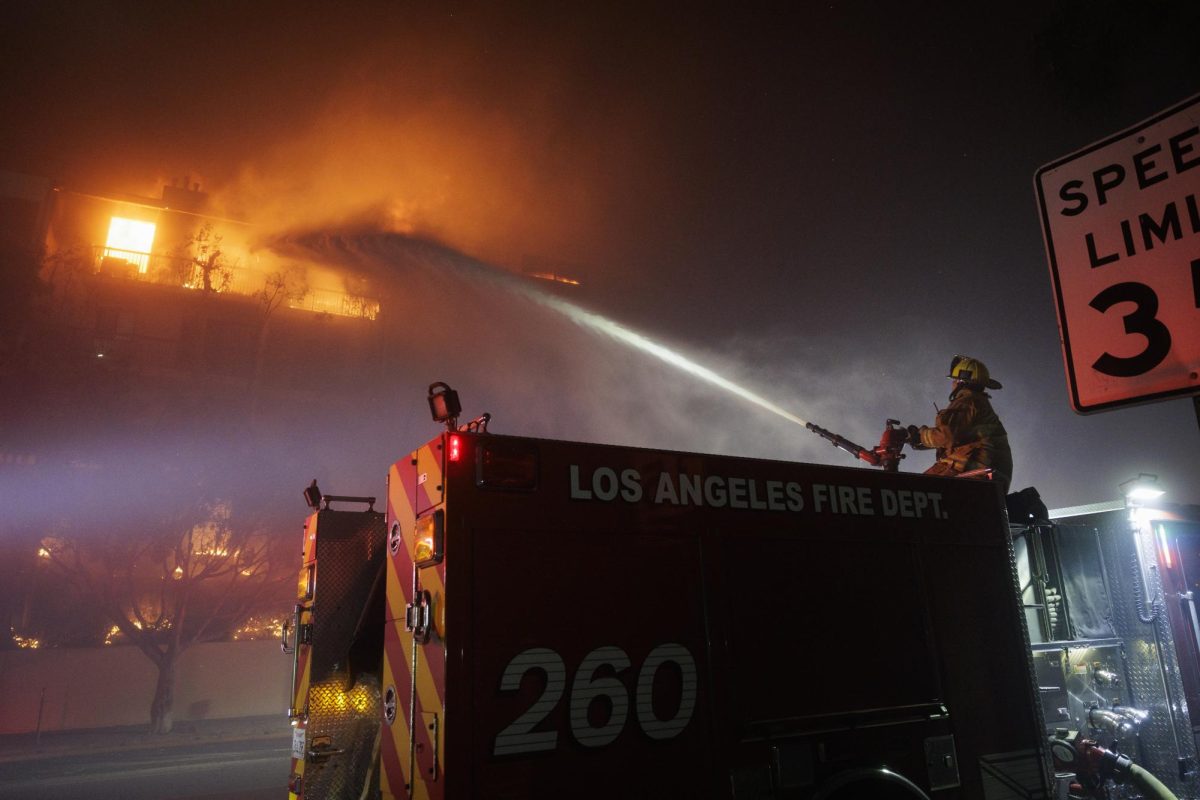By Chris Brook
Nearly 80 years ago in Paris, the movement Art Deco was exhibited at the 1914 Exhibite Internationale. That same movement is embodied today in the Gund Wing at the Museum of Fine Arts (MFA).
Located across the street from Northeastern’s Rubenstein and Burstein Halls on Huntington Avenue, the MFA is now the home of “Art Deco: 1910-1939,” a first-of-it’s kind exhibition that explores Art Deco as a “global phenomenon,” said Kena Frank, an MFA curator.
The one-of-a-kind exhibition boasts more than 240 original works including ornate textiles, flowing tapestries, kiln-cooked pottery, glassware, lithographs, sculptures, dresses and furniture from the farthest reaches of the globe.
“Response to the exhibition has been outstanding,” Frank said. “More than 85,000 visitors have attended the [Art Deco exhibits] to date, and the exhibition has received critical acclaim in international, national and local media outlets.”
Organized by London’s Victoria ‘ Albert (V’A) Museum, the Art Deco exhibition in Boston is not the exhibit’s only East Coast venue, but the exhibit’s final appearance before returning to its home in Britain early next year.
“The MFA began working with the V’A Museum when the exhibition was first conceived,” Frank said.
Frank said the MFA has “a long-standing relationship” with the V’A Museum in London, and has exhibited shows organized by them in the past, including “The Art of the Victoria ‘ Albert Museum” in 1998.
Art Deco, a term not formally coined until 1966 by Bevis Hillier, a British art critic and historian, went by several labels in the beginning of the 20th century. Moderne, Jazz Moderne, le Style Moderne and Streamlined were all names given to the art that emerged between the World Wars. Art Deco pieces represented a celebration of the emergence of greater speed, commerce and technology in the world and consequently, reflected a more streamlined, colorful and abstract look.
The art form spanned three decades and mirrored the impending new, fast-paced world; a world brimming with sexual liberation, luxury and entertainment. The cocktail hour, accompanied by smoking, quickly became staples of Art Deco’s time, and items like Norman Bel Geddes’ “Manhattan Cocktail Set,” a chromium-plated cigarette lighter and vintage vanity/cigarette cases by Cartier (all on display at the MFA) replicate this time. Elsewhere, Jeanne Paquin’s sheer silk and satin Parisian gowns recall flappers parading down neon-lit streets and dancing their nights away at smoky jazz clubs. Also packed in the gallery’s 8,000 square feet of space are hand-lithographed posters advertising new modes of transportation.
While screen prints like Adolphe Mouron-Cassandre’s 1927 “Nord Express” (viewable at the MFA) popularized travel by rail, Mouron-Cassandre’s “SS Normandie” poster (also on exhibit) was published seven years later and popularized travel by sea.
The movement was essentially a modernist reaction to Art Nouveau, an art form which categorized itself by its intricate and elegant designs, but ultimately faded away with the start of World War I in 1914. Art Deco picked up where Art Nouveau left off, yet glamorized the use of crisp, symmetrical geometric forms and borrowed elements of Cubism, Russian Constructivism and Italian Futurism among other worldly styles.
Architecture is also successfully denoted in the Art Deco exhibit. An elegant, gilded scale model of Rockefeller Center, “a triumph of construction financing during an era of country-wide depression,” can be viewed at the MFA this season. The centerpiece of this fall’s Art Deco exhibit, however, is the Michael G. Tillotson ,III designed “Auburn 851 Speedster.”
Originally unveiled in 1935, the golden convertible and its streamlined design succinctly “sums up Art Deco,” according to the museum’s press release. The car’s tapered tail gives way to a long, low hood and a polished silver hood ornament. On view in the MFA’s West Wing Lobby, the iconic automobile has assumed the trademark of Art Deco: 1910-1939.
“It just reminds me of the ’20s,” said Victoria Newton, a freshman history major. “It looked like new and exciting times — now I sort of want to go and ask my grandmother about what it was like back then.”
The exhibition will be on display through Jan. 9. Tickets are $22 for adults and $20 for students.


